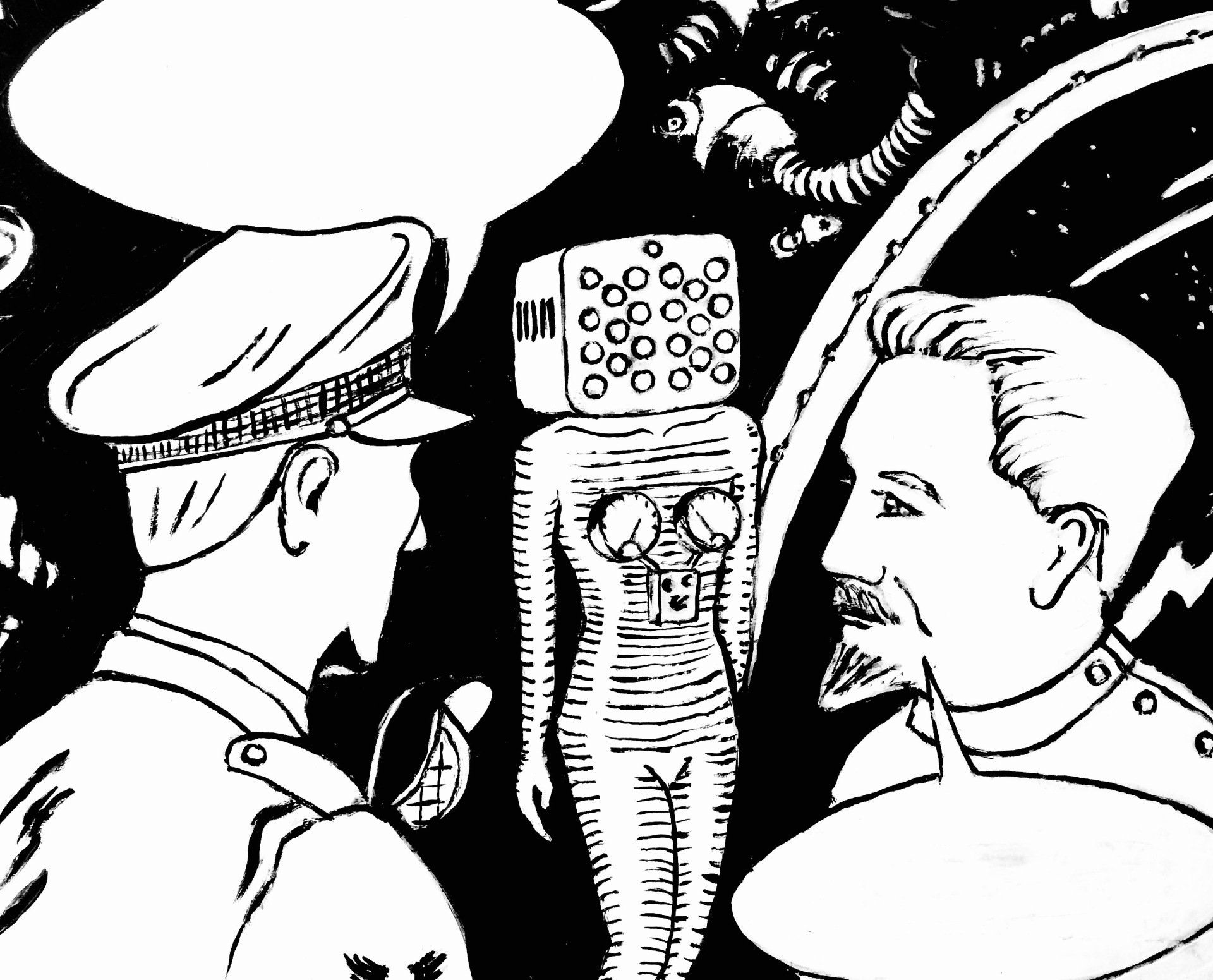DARK TALES FROM THE HISTORY OF 20TH CENTURY NEUROSCIENCE
CLICK ON THE IMAGE BELOW TO VIEW AN ANIMATED VERSION OF THE SHORT MUSICAL PRELUDE TO THE OPERA
ANIMATIONS
Brainland also includes stop motion animations. Others were created as a way of workshopping ideas.
This animation of Topsy, the toposcope, in action is based on published images. Using 1950s radar display technology 22 oscilloscopes provided real time visual display of changing brain electrical activity over the brain surface. These visual messages from the strange world of the brain greatly excited Grey Walter, it's inventor. He expressed his hopes for it in his 1953 book The Living Brain and spent the 1950 trying to decode and make use of it, not least for the US military who provided funding. In the end it proved too complex and after 1960 he abandoned it in favour of new digital technologies. In the animation the display changes about 20 times faster than the real Topsy. For more information download the essay Topsy goes to Norway from the story and structure page.
This animation is based on an illustration in a 1949 paper by Walter Freeman in the medical journal The Lancet in which he described his transorbital lobotomy. He carried out the procedure in his office having rendered the patient insensible with unmodified ECT.
This animation, a display of Hans Berger's own EEG and music, is taken from the the end of Act 2 scene 4.
This animation is based on illustrations in Egas Moniz's 1935 monograph on the first leucotomies and the 1942 textbook Psychosurgery by Freeman and Watts.
This animation was a way of experimenting with the opening to Act 1 Scene 6. Frustrated at the failure of his electrical 'therapy' to improve his mentally ill patients, Moniz comes up with a new plan.....
Click on the image below to see a YouTube video of a shortened version Act 2 Scene 2 animated, with musical extracts from the scene.

